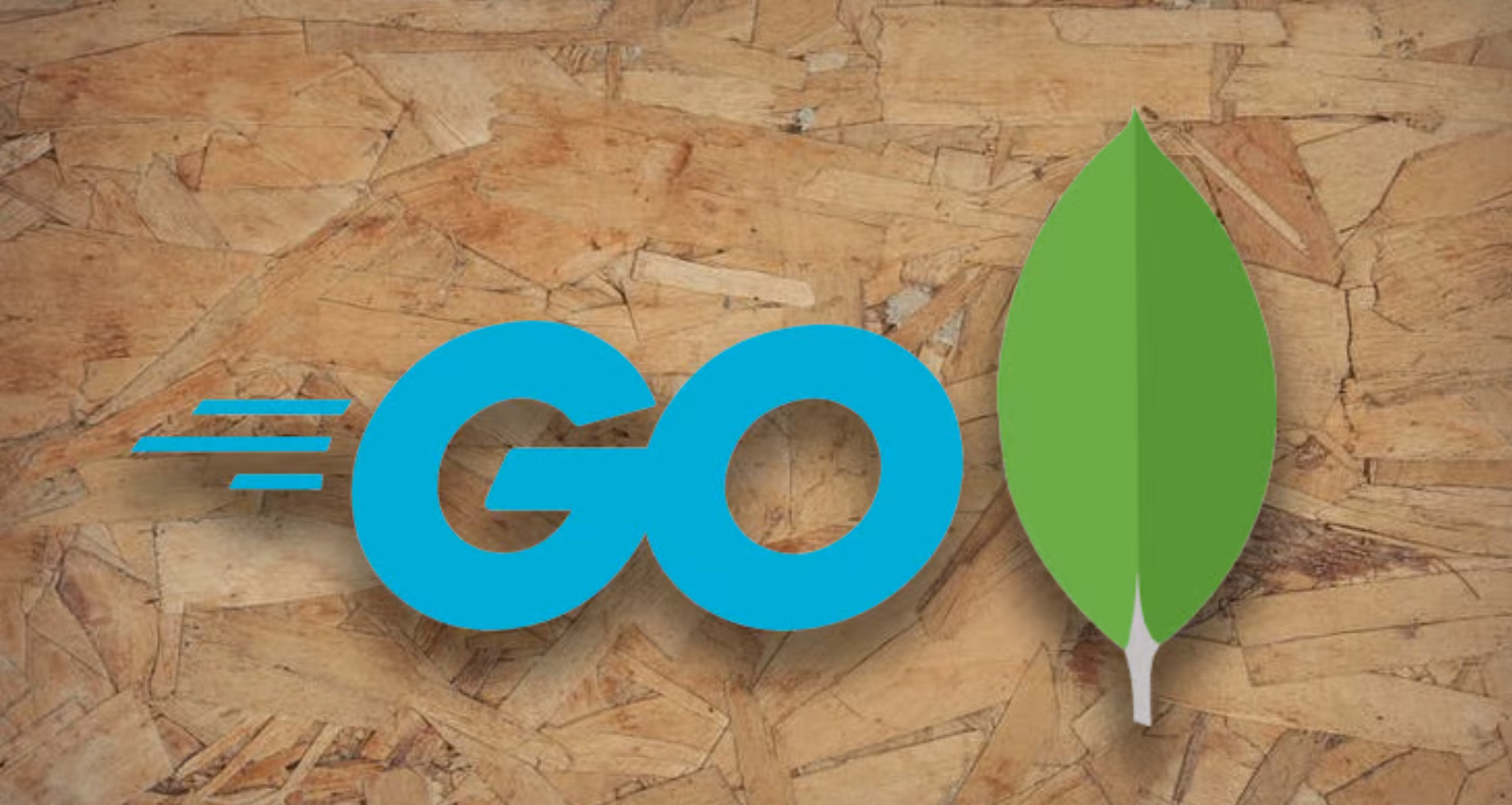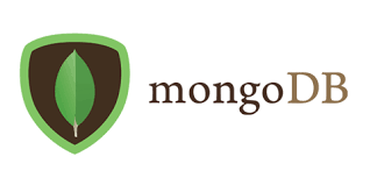
If client strategy, only print the object that would be sent, without sending it. Only applies to golang and jsonpath output formats. If true, ignore any errors in templates when a field or map key is missing in the template. pod.jsonĬreate a pod based on the JSON passed into stdin cat pod.json | kubectl create -f -Įdit the data in docker-registry.yaml in JSON then create the resource using the edited data kubectl create -f docker-registry.yaml - edit -o jsonĬreate a resource from a file or from stdin. Once your workloads are running, you can use the commands in theĬreate a pod using the data in pod.json kubectl create -f.
#GOLANG MONGODB PASSWORD#
Next, we must modify the copied connection string with the user's password we created earlier and change the database name. Then click on the copy icon to copy the connection string.
#GOLANG MONGODB DRIVER#
To do this, click on the Connect buttonĬlick on Connect your application, change the Driver to Go and the Version as shown below. With the configuration done, we need to connect our application with the database created.

On saving the changes, we should see a Database Deployments screen, as shown below: Then click on Finish and Close to save changes. We also need to add our IP address to safely connect to the database by clicking on the Add My Current IP Address button. Next, we need to create a user to access the database externally by inputting the Username, Password and then clicking on Create User. Click the project dropdown menu and click on the New Project button.Įnter the golang-api as the project name, click Next, and click Create Project.Ĭlick on Create to setup a cluster. With that done, we need to log in or sign up into our MongoDB account. Routes is for modularizing URL pattern and handler information. Responses is for modularizing files describing the response we want our API to give. Models is for modularizing data and database logics. We don’t have to worry about it.Ĭonfigs is for modularizing project configuration filesĬontrollers is for modularizing application logics. PS: The go.sum file contains all the dependency checksums, and is managed by the go tools. To do this, we need to create configs, controllers, models, responses and routes folder in our project directory. Good project structure simplifies how we work with dependencies in our application and makes it easier for us and others to read our codebase. It is essential to have a good folder structure for our project. To get started, we need to navigate to the desired directory and run the command below in our terminalĮnter fullscreen mode Exit fullscreen mode

Postman or any API testing application of your choice.Experience with MongoDB isn’t a requirement, but it’s nice to have. The following steps in this post require Golang experience.
#GOLANG MONGODB CODE#
You can find the complete source code in this repository. MongoDB supports working with large sets of distributed data with options to store or retrieve information seamlessly. MongoDB is a document-based database management program used as an alternative to relational databases. Fiber is built on top of Fasthttp, an HTTP engine written in Golang.
#GOLANG MONGODB HOW TO#
At the end of this tutorial, we will learn how to structure a Fiber application, build a REST API and persist our data using MongoDB.įiber is an Express inspired HTTP web framework written in Golang with performance and zero memory allocation support. This post will discuss building a user management application with Golang using the Fiber framework and MongoDB. REST APIs have become the standard of communication between the server part of the product and its client to increase performance, scalability, simplicity, modifiability, visibility, portability, and reliability. Representational state transfer (REST) is an architectural pattern that guides an Application programming interface(API) design and development.


 0 kommentar(er)
0 kommentar(er)
